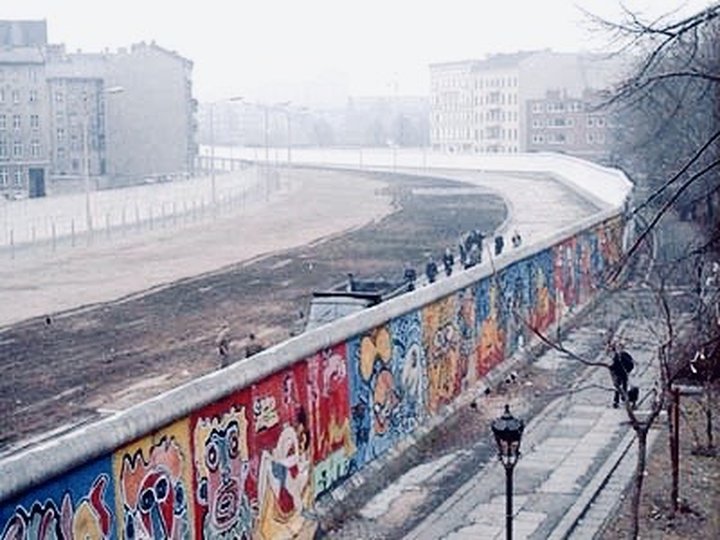As we scrambled to the top of Cerro del Muerto (Dead Dude Hill) outside Aguascalientes, Mexico last week, we were greeted by a couple of chavos, probably 17 or 18 years old. After we’d chatted awhile about where we all were from and whose government was worse, the elder of the two turned to Louisa and asked, “¿Ha entregado su ama a Cristo?” (“Have you given your soul to Christ?”) I forget exactly how she said “no” gracefully, but we left there a bit awkwardly. As we were heading down the rocky trail, I remarked, “Didn’t see that coming!”

Cerro del Muerto (Barry Evans)
In retrospect, mostly our lives are pretty routine, and it’s those “DSTC” events — the unexpected, the black swans — which intrude on otherwise normal days. Sadly, most DSTC moments are the ones we’d prefer not to have: calls that start with, “This is the hospital calling,” or, “Are you sitting down?”; the envelope with a certified mail sticker from a lawyer or the IRS; opening the front door to find someone in uniform standing there; an interruption to regular programming on TV.
That’s usually how it is with DSTC moments in history: the loss of the Challenger and Columbia space shuttles; 9/11; JFK assassination; Pearl Harbor. Going back a little farther, who could have foretold — other than the plotters themselves — that the heir to the vast Austro-Hungarian Empire would be murdered on a June afternoon on a bridge in Sarajevo? Or that the clumsy assassination would result in the deaths of some 37 million people (military and civilian), changing the map of Europe irrevocably between 1914 and 1918?

The bridge in Sarajevo, present day Bosnia and Herzegovina, where Archduke Franz Ferdinand of Austria was assassinated on June 28, 1914, leading to “the Great War” aka WW1. (Barry Evans)
Not all DSTC events are “bad,” of course. For instance, I know of no prophesies of the imminent demise of the Soviet Union. Sure, the country was going through troubles, both internal and external, in the late 1980s, but it had weathered many of these before (invasion by Germany, Stalin’s death, the Hungarian Revolution and the Prague Spring). In January 1989, Erich Honecker, leader of East Germany, predicted that the Berlin Wall would stand for another 50 or 100 years…and yet, to virtually everyone’s amazement, the Wall came down that November. Two years later, the USSR was officially no more.

Section of the 100-mile-long Berlin Wall in 1986. (Noir/GNU license)
I have a sandalwood carving on my desk of Ganesha, the elephant-headed god (it’s a long story) who is both wise and compassionate. He’s been with me for many, many years. On the bottom of it — about the time when my first wife and I broke up (didn’t see that coming) — I’d written, “Expect the unexpected.” So OK, whether it’s cancer or a legacy from a distant relative, the trick is to recognize that, really, I have no freaking clue what’s coming round the bend. So I can’t prepare for it. Whatever it is, though, I can be grateful that life is more than (in the words of my favorite poet) a drag from numbered stone.
CLICK TO MANAGE